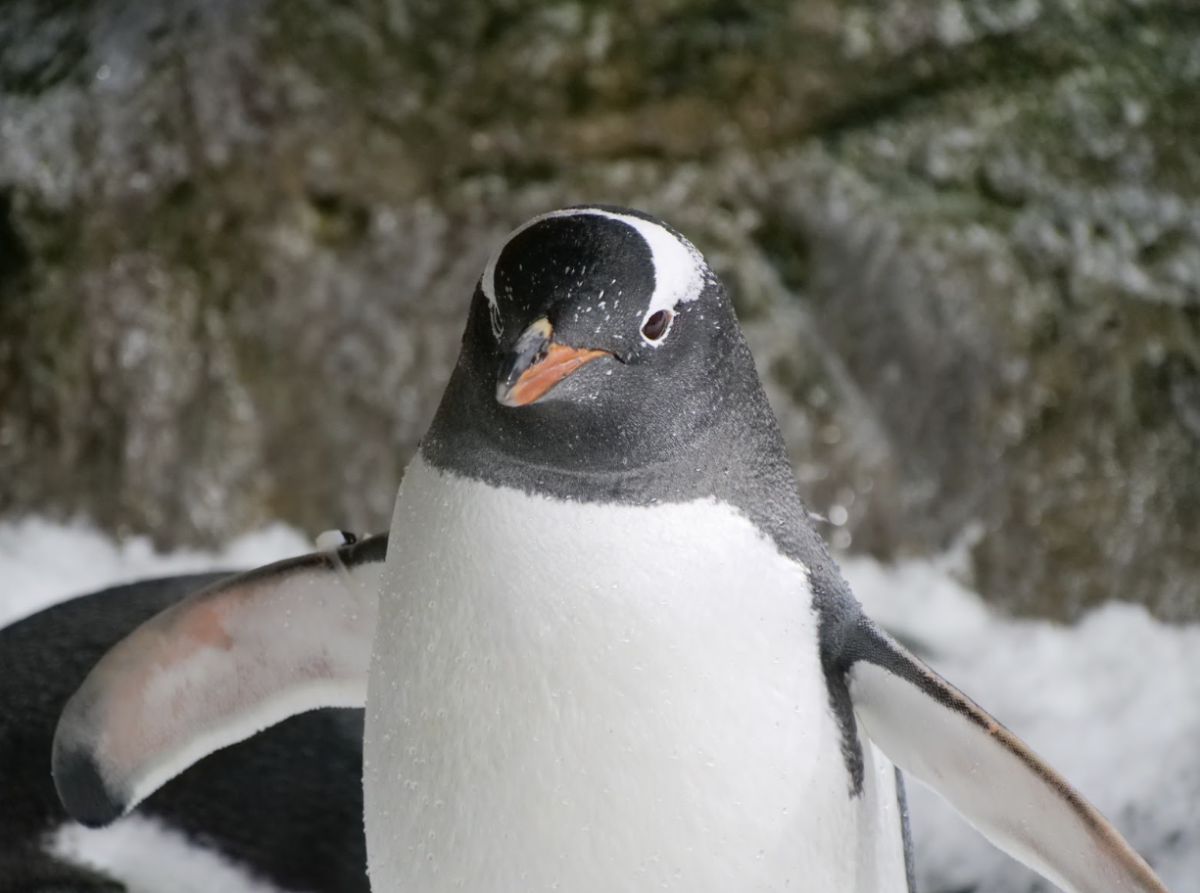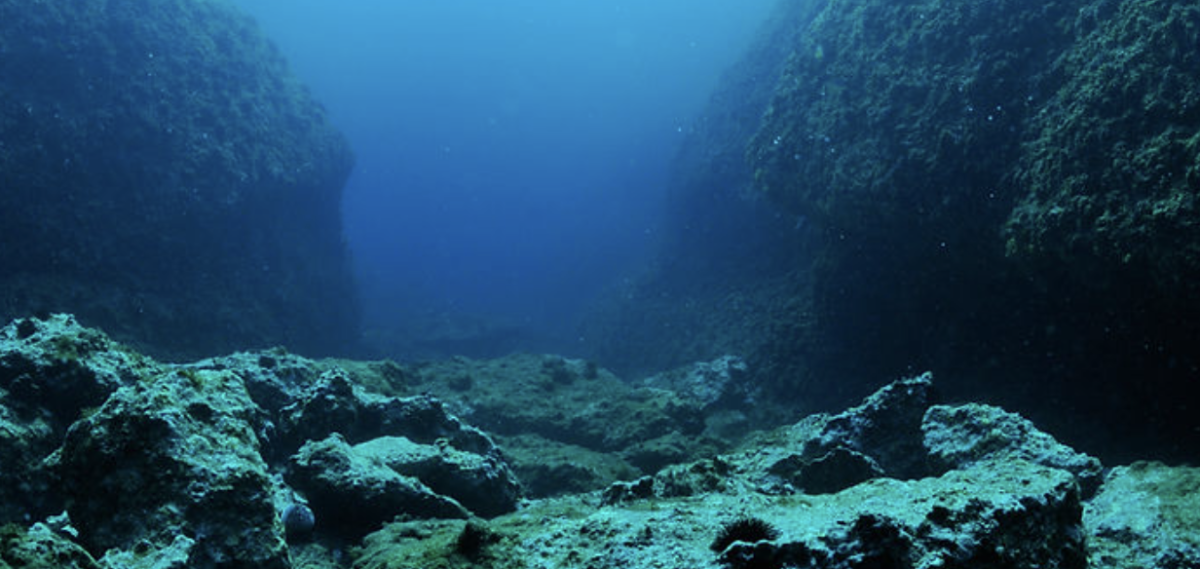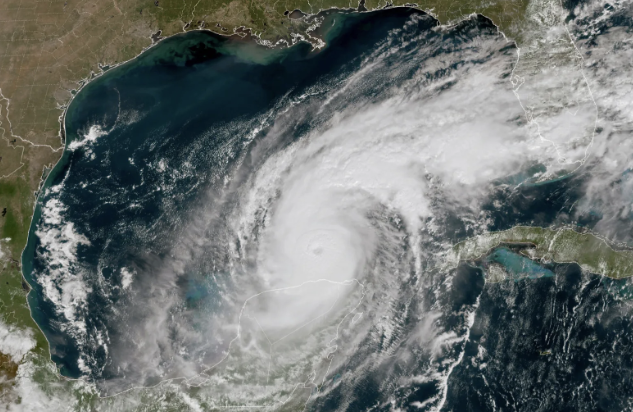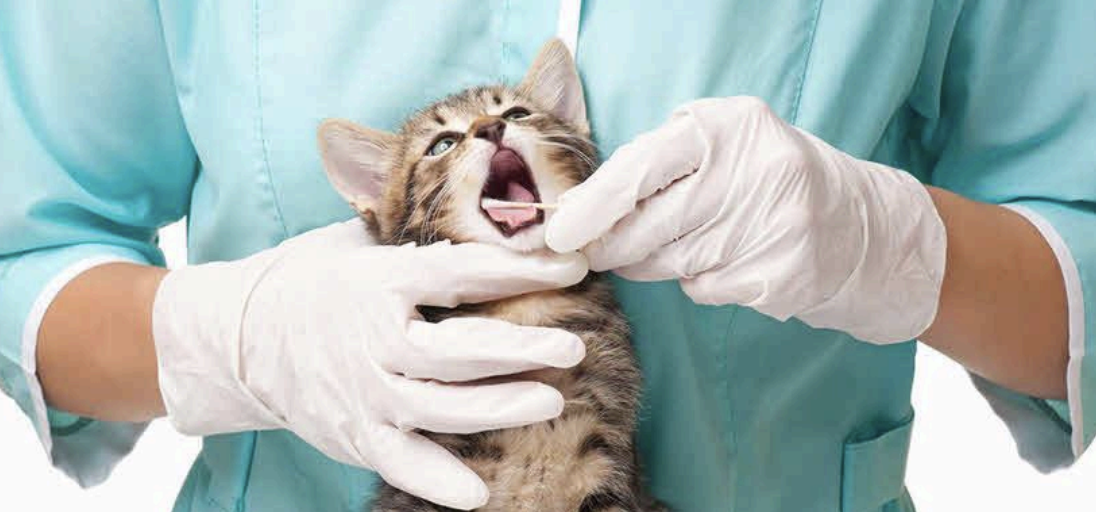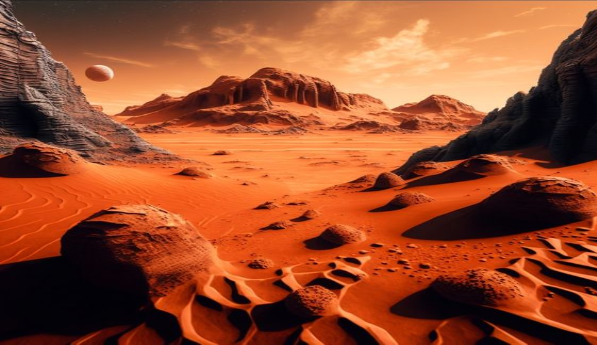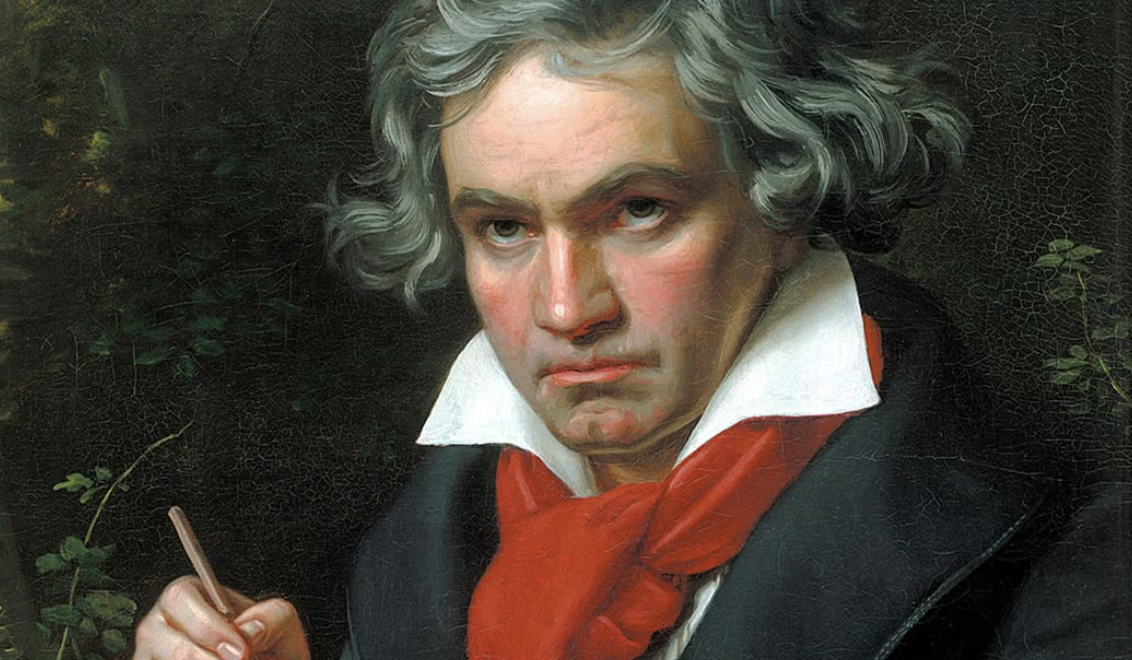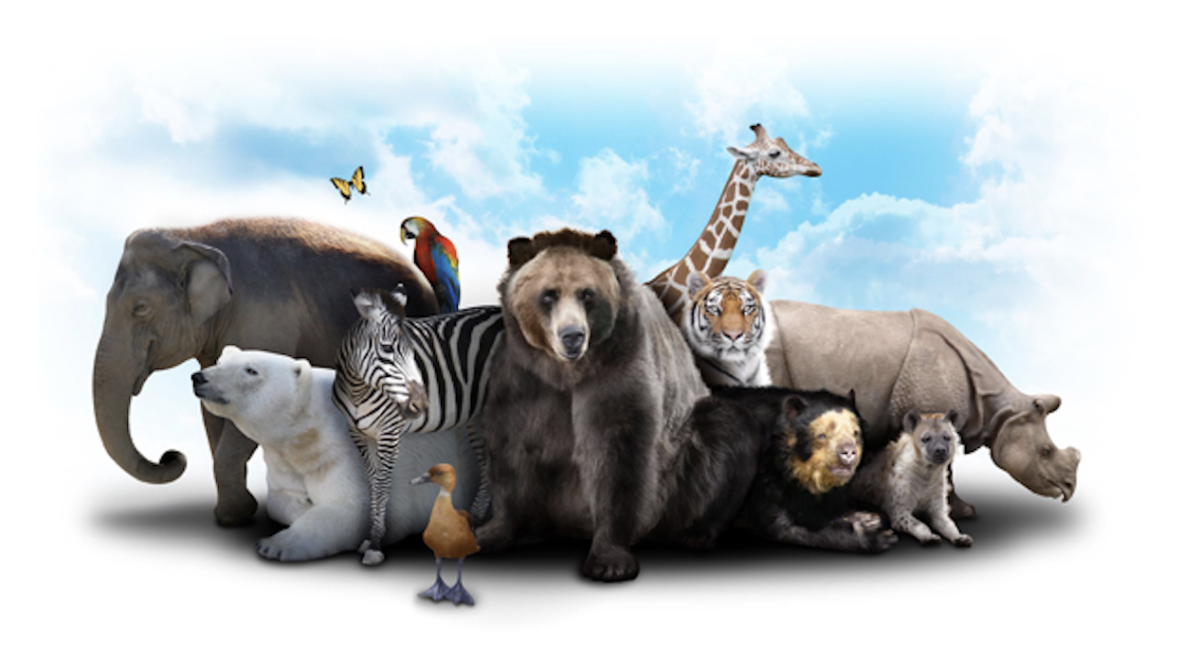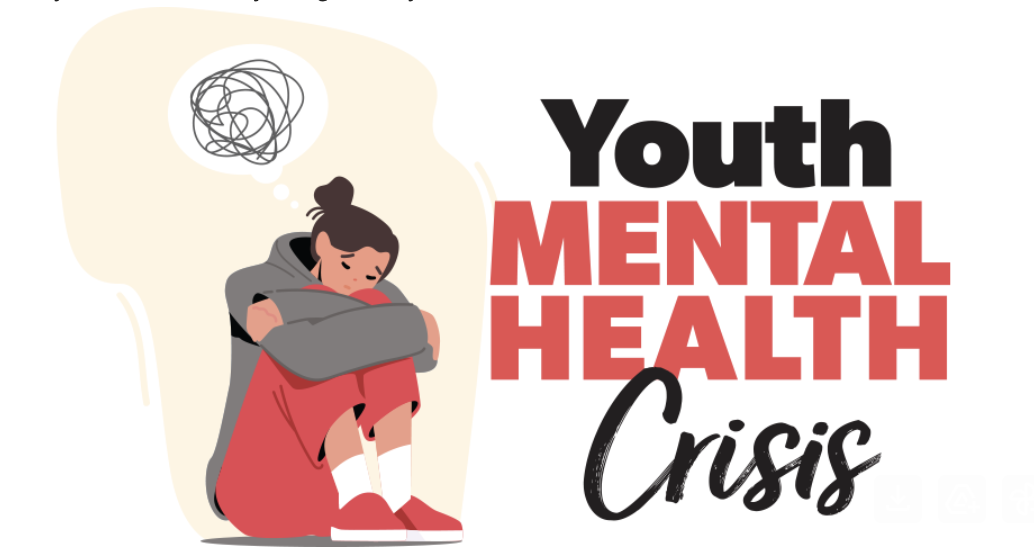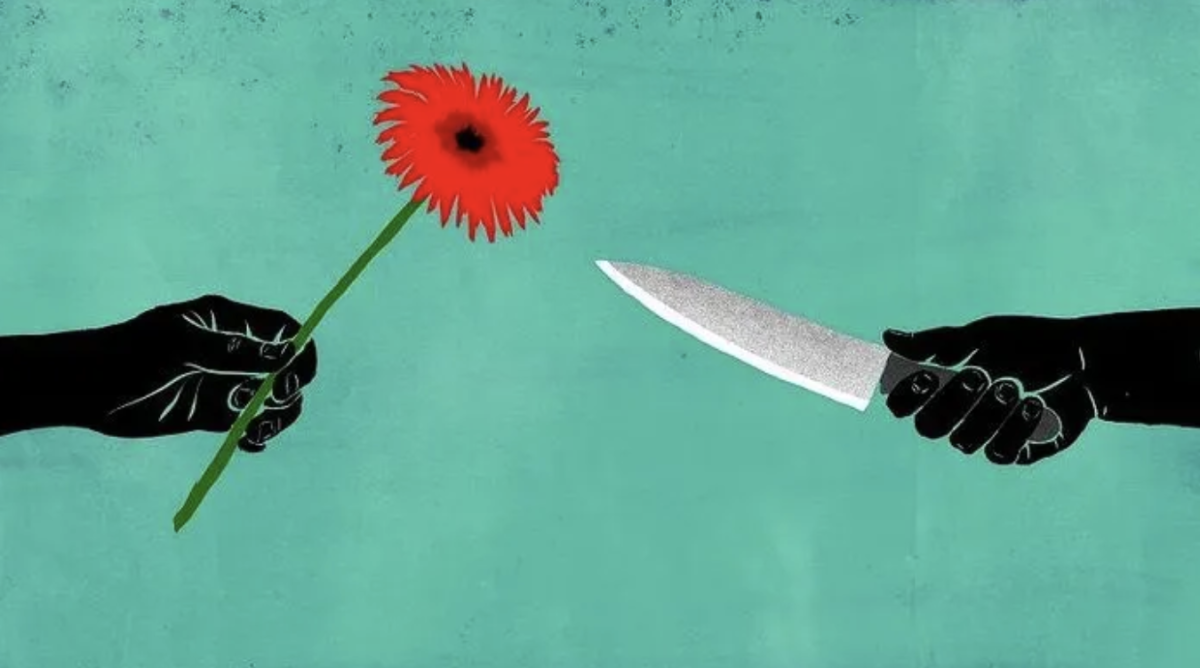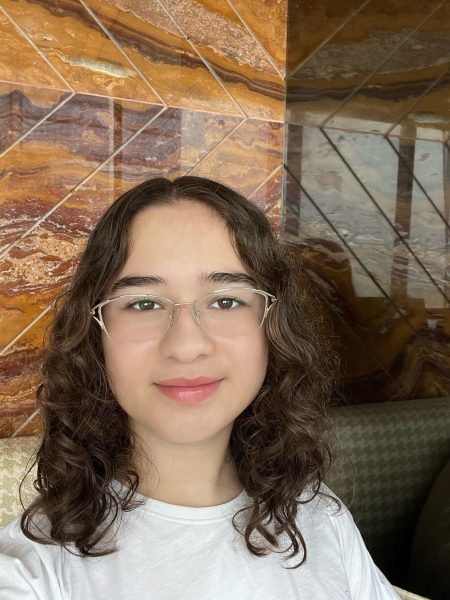Gentoo penguins are majestic creatures that inhabit the sub-antarctic islands. I have had the opportunity recently to get up close and personal with these incredible animals at Kelly Tarlton’s Aquarium in New Zealand: the Penguin Department of SEA LIFE. In this article, I will discuss some of the amazing features of these penguins and how we can do our part to help the conservation effort of wild penguins.
Appearance
A Gentoo penguin stands about 70-90 cm, making it the third largest penguin species after the Emperor and King penguins. However, one of the most remarkable aspects of a Gentoo is its agility in water and incredible speed. An adult Gentoo can reach up to 36 kilometers per hour and can dive 200 meters deep, enabling them to hunt and capture prey.
A little-known fact about all penguins is why they are black and white; this is so when they are underwater they are less noticeable to predators. If the predator is above them, they will see the black of their backs which blends into the sea floor, and if they are below the penguins they will see the white of their stomachs and assume it is the sky. An easy way to distinguish an adolescent Gentoo from an adult is the white around their eyes. An adult Gentoo will have a full ring of white feathers around their eyes, however, a young chick will not and will slowly gain these in the coming molting seasons.
Behaviors
The Gentoo prefers to nest in rocky coastal areas, making them unlike most other penguins which rely on ice for breeding. During the breeding season, the Gentoo will form large colonies to protect from predators. During breeding season, a female Gentoo will lay two eggs which both parents take turns incubating for around 35 days.
Gentoos are very social animals, with there being distinct displays of affection specific to them. One example of this is how during mating season a Gentoo will hunt for the smoothest pebble it can find and present it to their partner so they can add it to the nest. Throughout the year, a similar gesture is made when a Gentoo bows to their partner, which is the same action done when they present pebbles, showing their love and admiration for each other.
Conservation
Penguin conservation is important for all species, even if Gentoo penguins are not considered endangered, they are considered ‘near threatened’ by the IUCN Red List meaning that they are very close to being considered endangered due to their population dropping.
I am currently in New Zealand, which is considered the Penguin Capital of the world with over half of all species of penguins having breeding grounds in the country. There are 7 different species of penguin in New Zealand, however, 6 of these seven are considered endangered or critically endangered. So the question now is: what is being done to protect these beloved animals?
Many conservation groups across the world are doing amazing work to help preserve all forms of sea life, including penguins. The Department of Conservation in New Zealand does incredible work for protecting our marine life and penguins alike with there being hospitals for penguins across the country and other sanctuaries for them.
SEA LIFE Kelly Tarlton’s Aquarium
If you grew up in Auckland, you most certainly would have heard of Kelly Tarlton’s; an iconic aquarium located near the city, yet you may not be aware of all the work that goes into maintaining the facility. Their penguin enclosure has a mixture of Gentoo and King penguins, with an estimated population of around 70 total penguins. Not only are these penguins given the correct amount of minerals and food each day, with new ice being added every morning, but they are also being protected from the shrinking ice caps.
What can you do to help?
There are many ways in which you could advocate for penguin conservation or any marine life, and it sometimes can feel overwhelming. The trick is to find a local charity that appeals to you and how you want to help your marine species or penguins.
One charity that I like is ‘Penguins For Penguins’, and it’s exactly as it sounds! The penguins from Kelly Tarlton’s create their masterpieces by walking into paint and then onto a canvas. These unique pieces of art are sold with 100% of the profits going towards penguin-focused charities. And if the canvas isn’t something you like, they have incredibly talented artists who paint on penguin pebbles, just like how Gentoos use pebbles to make their nests.
One of Penguins For Penguins partnered charities is the Dunedin Wildlife Hospital which helps to treat all native New Zealand wildlife, with there being 600 patients every year consisting of NZ Sea Lions and the most iconic Hoiho (Yellow-eyed penguin). The Dunedin Wildlife Hospital has become an essential part of New Zealand’s South Island conservation, with them treating 200 Hoiho every year, and in 2022 they successfully hatched their first chicks. They use creative techniques such as 3D printing beak splints for smaller animals like Kiwis to help them recover.
The second charity partnered with Penguins For Penguin Is Penguin Rescue NZ, which focuses on protecting New Zealand’s indigenous birds, especially our beloved Hoiho. Penguin Rescue NZ helps create safe nesting houses for Hoihos to help them breed and survive without human interference. However, they also help with the rehabilitation of penguins to any unwell or injured penguins, providing food, water, and shelter during the long months of recovery, and even helping catch healthy chicks.
In the end, like most penguins and other marine life, Gentoo penguins need dedicated conservation efforts to ensure they are protected for future generations. It could start small by living a more eco-friendly lifestyle, or by reducing single-use plastics.
A special thank you to Issy and Jess from the Penguin Department of SEA LIFE Kelly Tarlton’s Aquarium for the incredible tour of the penguin enclosure and your invaluable education.
Resources:


